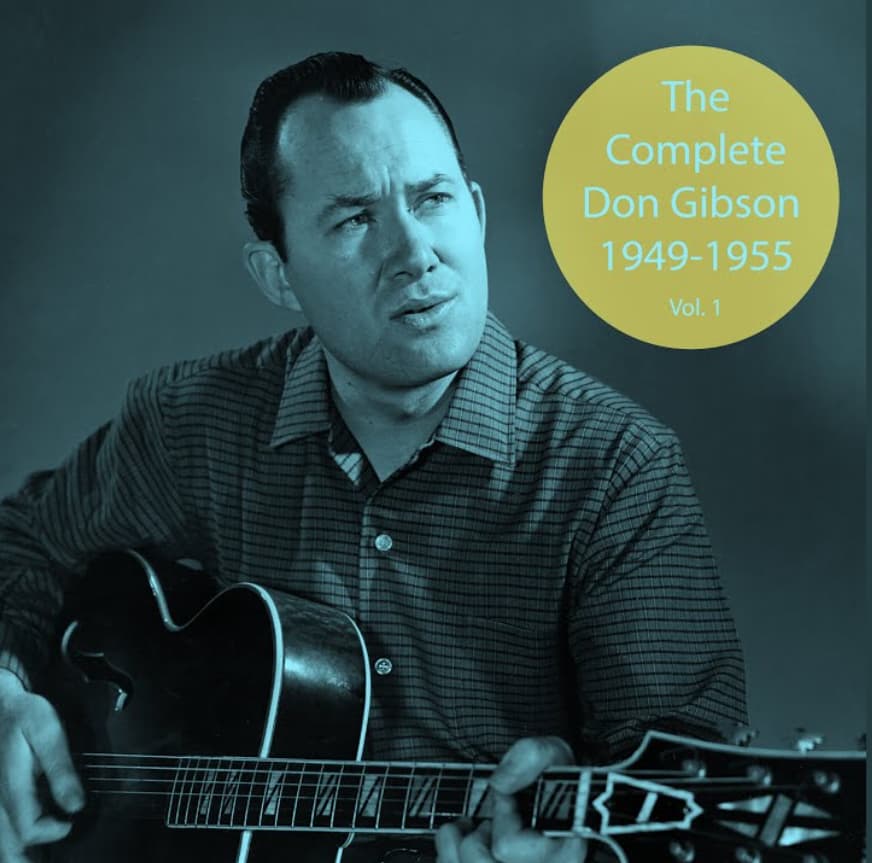
Don Gibson – Blue Blue Day: Finding a Brighter Spot on the Gloomy Horizon
In the catalog of Don Gibson, a songwriter famously dubbed “The Sad Poet,” the 1958 hit “Blue Blue Day” stands out for offering a slightly different shade of melancholy one tinged with a delicate, almost hesitant hope. Released hot on the heels of the massive double-sided success of “Oh Lonesome Me” and “I Can’t Stop Loving You,” this song proved that Gibson’s well of inspiration ran deep, and that his lyrical genius could articulate the complexity of a heart moving away from despair, even if slowly.
“Blue Blue Day” was released on RCA Victor in 1958 and immediately continued Gibson’s dominant run on the charts. It was an instant favorite, spending an impressive seven weeks at the No. 1 position on the Billboard Country chart. It demonstrated that the audience was hungry for more of Gibson’s signature sound: clean, sophisticated production that balanced traditional Country instrumentation with the burgeoning polish of the Nashville Sound, all under the expert guidance of producer Chet Atkins. This song was perhaps the brightest, most upbeat-sounding single of his early career string of hits, and its success confirmed that Don Gibson was a commercial powerhouse, not a one-hit wonder.
What truly distinguishes “Blue Blue Day” from some of Gibson’s more devastating ballads is its lyrical arc. While the title certainly promises sadness, the song is actually a subtle meditation on recovery. The “blue blue day” is not an eternal state; it is a memory, something the narrator is actively overcoming. The lyrics speak of looking back at the dark clouds of a breakup but realizing that the sun is finally starting to break through: “My blue blue day is over / My blue blue day is through / I won’t be blue blue over you.”
This thematic focus on moving on was incredibly appealing. For listeners who had wept along to the resigned despair of “I Can’t Stop Loving You,” this tune offered a refreshing emotional release a gentle instruction manual on how to dust oneself off and face a brighter tomorrow. The feeling is less about the grand tragedy of lost love and more about the quiet, personal triumph of healing. The pacing and melody support this idea perfectly; the song moves with an airy, almost carefree skip, a musical manifestation of a lifted spirit.
For those of us who recall the late 1950s, “Blue Blue Day” evokes a moment when music was changing rapidly, reflecting a society moving from post-war austerity toward a more optimistic, youth-driven culture. This song, while rooted in the traditional Country sound, felt modern and forward-looking. It was often the song you’d hear playing on the radio during a summer drive, a tune that made the world feel a little less heavy.
The song’s simple yet profound structure a few easy chords carrying a deceptively deep emotional message has made it a steady favorite for cover artists over the decades, though it remains firmly linked to Don Gibson’s definitive, warm-toned vocal delivery. It is a beautiful reminder that even the deepest sadness eventually yields to a new day. A blue day, perhaps, but one that is decidedly over.